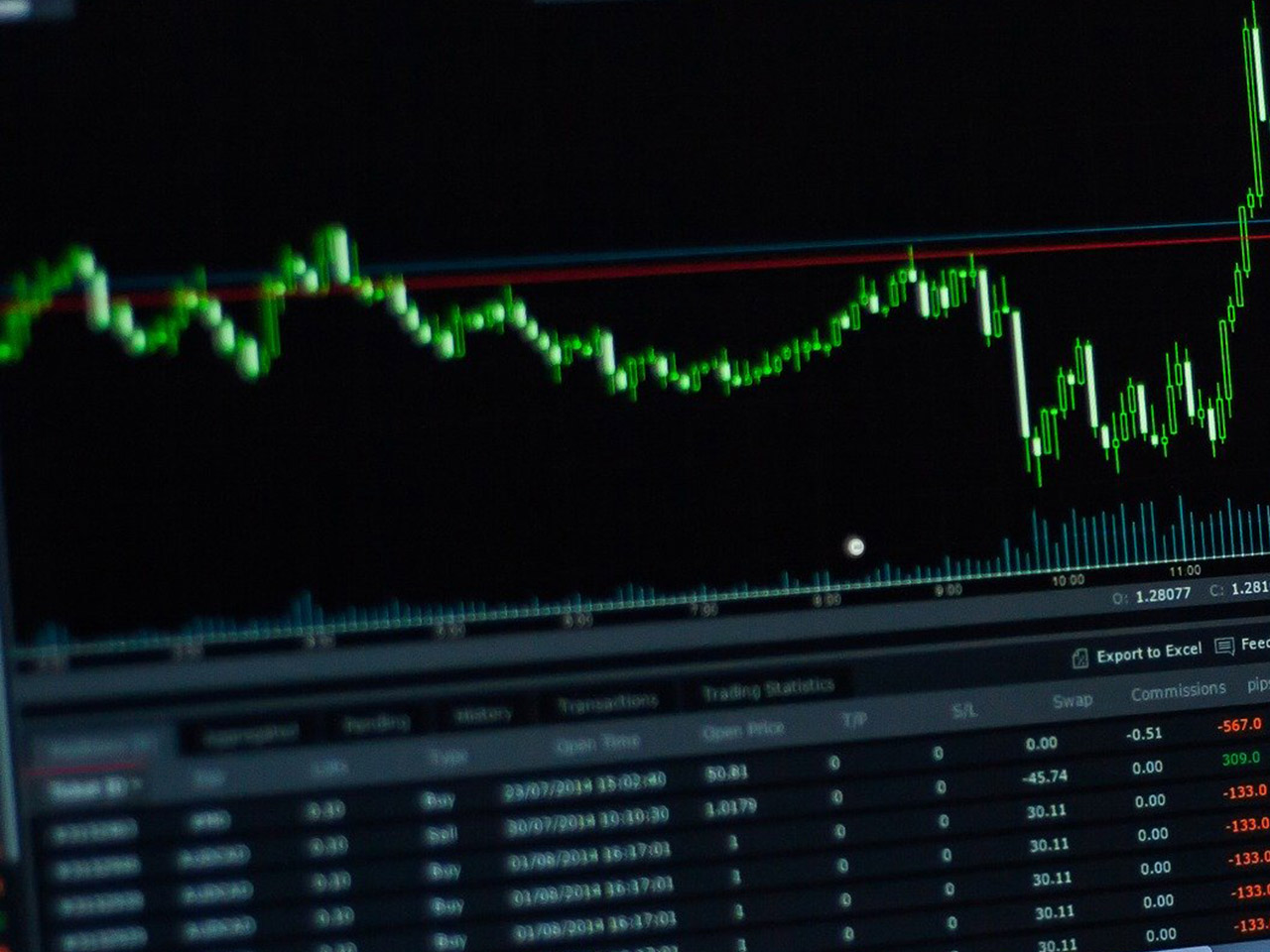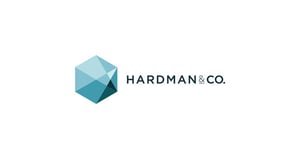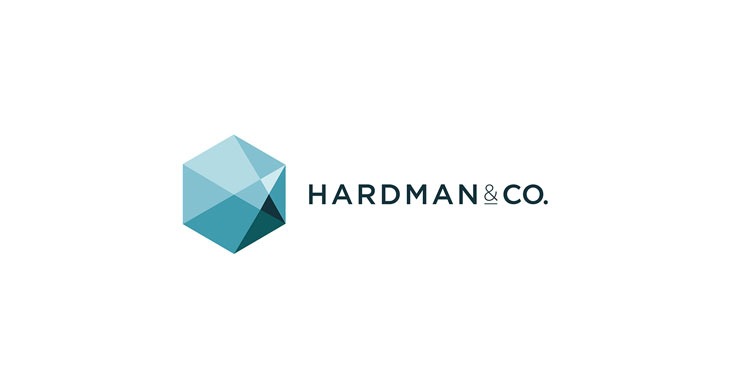The Sage Group PLC, listed on the London Stock Exchange under the ticker SGE.L, stands as a prominent player in the technology sector, specifically within the software applications industry. With a market capitalisation of $12.12 billion, Sage is a significant force, not just in the United Kingdom, but across numerous international markets including North America, Europe, Africa, and Asia-Pacific. The company’s suite of products, ranging from cloud accounting solutions like Sage Intacct to human resources management tools such as Sage People, underscores its commitment to providing robust technology solutions tailored for small and medium-sized enterprises.
At a current trading price of 1255.5 GBp, the stock has experienced a stable price change of -3.50 GBp, reflecting a period of consolidation. Within the past 52 weeks, Sage’s share price has oscillated between 969.40 GBp and 1,348.00 GBp, indicating a relatively broad trading range that offers both challenges and opportunities for investors. While the price has seen fluctuations, the company’s performance metrics reveal a solid foundation, highlighted by a commendable revenue growth rate of 7.80%.
Despite these promising growth figures, it’s important to note the absence of certain valuation metrics such as the trailing P/E ratio and PEG ratio, which could otherwise provide deeper insights into the company’s valuation relative to its earnings growth. The forward P/E ratio stands at an unusually high 2,569.38, which may raise eyebrows among investors and suggests that anticipated earnings growth is already priced in. This could imply that the market has high expectations for Sage’s future performance, which could pose risks if those expectations are not met.
Sage’s financial health is further highlighted by its return on equity (ROE) at a robust 36.78% and a strong free cash flow of £538 million, indicating effective management and operational efficiency. These metrics are crucial for investors seeking companies with strong operational performance and the ability to generate cash. The dividend yield of 1.67%, coupled with a payout ratio of 59.48%, demonstrates Sage’s commitment to returning value to its shareholders while maintaining sufficient capital for growth initiatives.
When it comes to analyst sentiment, the company has garnered a mixed bag of ratings: 7 buy, 8 hold, and 3 sell recommendations. The target price range varies from 1,050.00 GBp to 1,600.00 GBp, with an average target of 1,346.50 GBp, highlighting a potential upside of 7.25% from the current price. This disparity in analyst opinions underscores the complexities and uncertainties surrounding the stock’s future trajectory.
From a technical perspective, Sage’s 50-day moving average is 1,227.79 GBp, while the 200-day moving average stands at 1,195.79 GBp. With an RSI of 48.97, the stock is currently in neutral territory, neither overbought nor oversold. The MACD of 9.28, compared to the signal line of 8.79, suggests a slight bullish momentum, which could be an encouraging sign for technical traders.
For investors contemplating a stake in Sage, the decision hinges on balancing the company’s strong operational performance and growth prospects against its high valuation metrics and analyst ratings. As Sage continues to innovate and expand its product offerings, its ability to meet or exceed market expectations will be crucial in determining its long-term stock performance. As always, thorough due diligence and a keen eye on market developments are essential for making informed investment decisions.





































